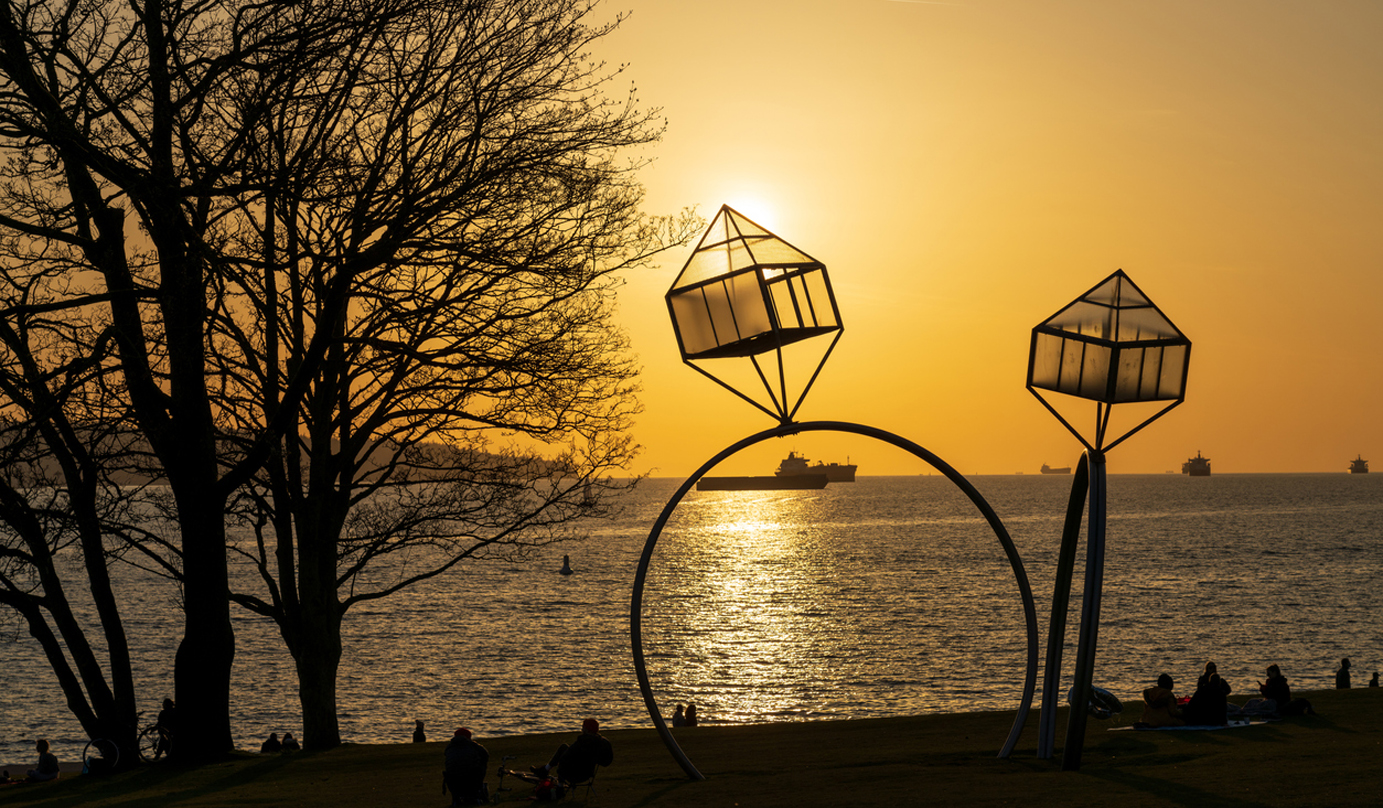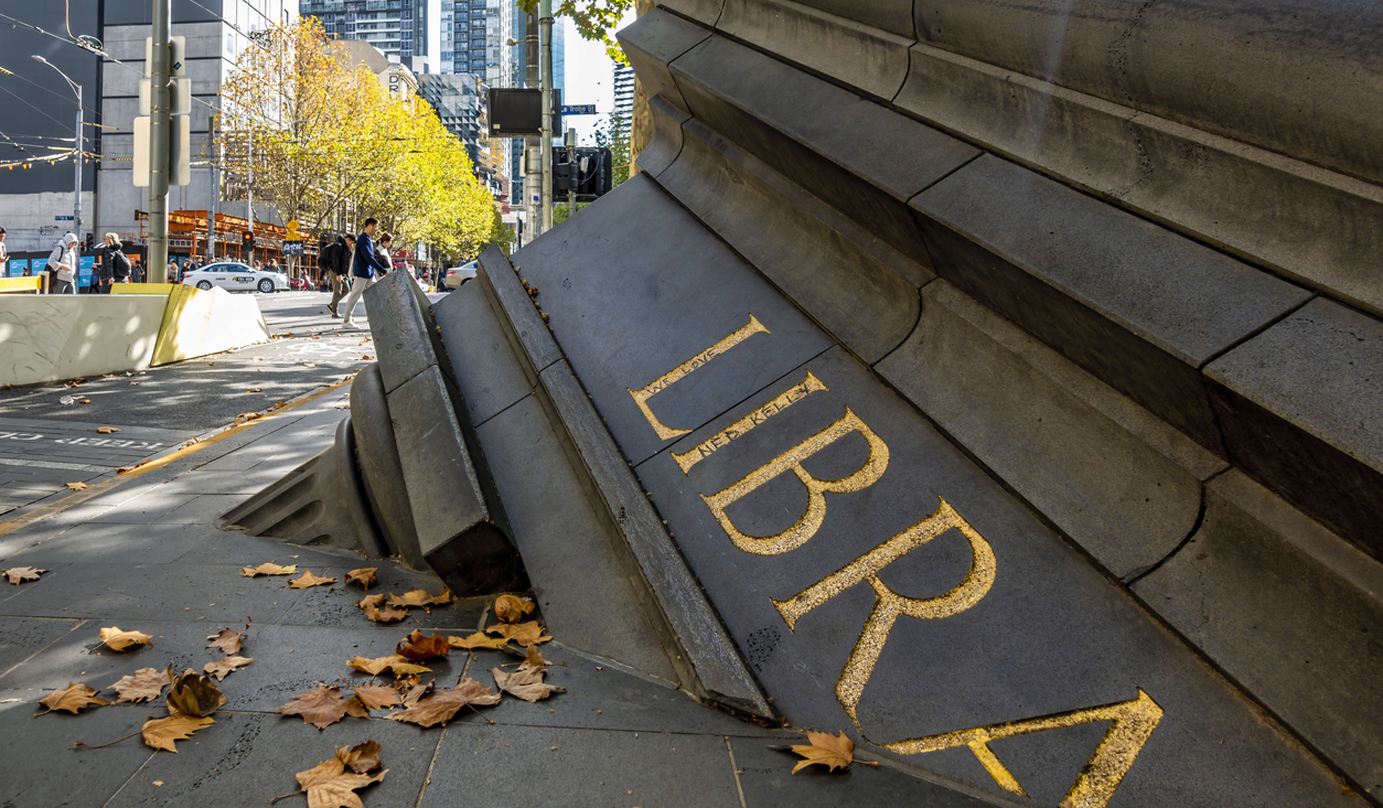
Public art has become increasingly popular. In many cities, high-profile artists are commissioned to produce work for public display. What is the purpose of public art? It doesn't generate money, because the public works are free for everyone to see.

Many pieces of public art are beautiful to look at and can enhance the appearance of otherwise banal city areas. Then again, some pieces of public art have been called eyesores! The true value of public art isn't financial or even aesthetic. Public art is art for the community. It encourages people in the community to stop, think and enjoy art.

While some public artists enjoy making a big splash and getting personal recognition, some public artists are surprisingly anonymous. One of the most famous and controversial public artists is known only by the pseudonym of Banksy. Although he is believed to be a British male, his real identity and even appearance has never been fully determined.

Banksy is famous for his graffiti art, which combines humour and political statements. He strongly believes that graffiti is art, not vandalism, and displays his art on publicly visible surfaces. He uses a stencil technique for most of his work and produces his pieces quickly, getting in and out at night without being seen.

Some people consider Banksy a criminal and a pest, and believe that he is destroying public property. Others believe that Banksy is a brilliant artist and a hero who stands up for those who need a voice. Banksy's work always aims to send a social message.

Cloud Gate, also known as "the Bean", was created by Anish Kapoor. Cloud Gate looks like a big reflective bean-shaped sculpture. Although it appears to be all in one piece, Cloud Gate was constructed using 168 stainless steel plates. It was designed to reflect the clouds from the sky along with the tall buildings in the city. The artist created Cloud Gate to show the contrast between the sky and earth and reality versus reflection. This captivating art has attracted many onlookers to take numerous selfies. In order to keep "the Bean" shiny, it gets deep-cleaned twice a year. The cost of creating this sculpture was a whopping $23 million in 2006.

If you've been to English Bay in Vancouver, Canada, then maybe you saw the "Laughing Men." Its official name is A-maze-ing Laughter. Installed in 2009, the art consists of 14 laughing statues in various poses. Their faces were modelled after the artist, Yue Minjun. Many people enjoy taking pictures with the statues while mimicking their expressions and poses. An inscription near the statues states, "May this sculpture inspire laughter, playfulness, and joy in all who experience it."

Yayoi Kusama is famous for pumpkin motifs in her art. The Pumpkin is a piece of public art that can be found at the edge of the pier in Naoshima, Japan. It is a large yellow pumpkin with a dark polka dotted design. Kusama says she chose to feature pumpkins in her art, because they consist of attractive colours and they're tender to touch. The artist's style has been said to reflect her childhood experiences and memories. Kusama's art is an expression of her life and the struggles she went through.

Public art can also be a way to commemorate historical events and heroes we lost. It is a way to pay tribute to their laudable actions and efforts. Back in 2001, many search and rescue dogs were involved in searching for survivors at the World Trade Center. The Essex County Search and Rescue Dog Statue sits at Essex County Eagle Rock to remember all those dogs that took on the duty to assist us.

A lot of public art is located in public realms and is constantly exposed to the elements such as the sun and strong winds. Therefore, they need to be safe and durable in order to withstand nature's elements and human activity. The artists need to carefully plan their designs and decide on suitable materials.

There are so many different kinds of public art. Some may evoke strong feelings and emotions, others might initiate new discussions and conversations. Which public art installation do you want to see?